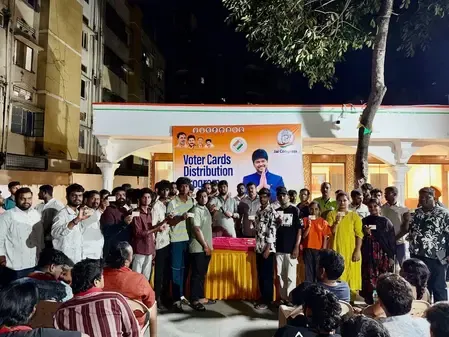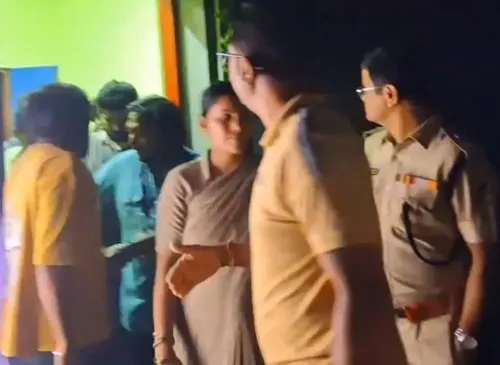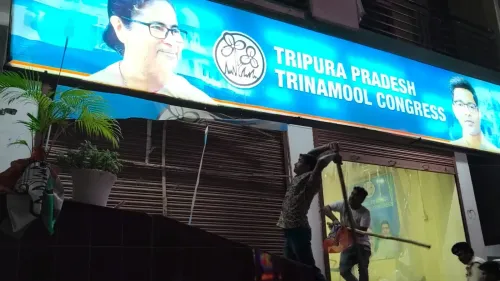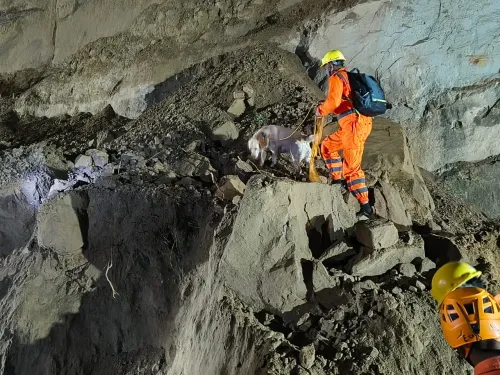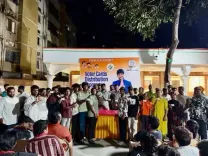How is the Supreme Court Addressing Road Safety and Pedestrian Deaths?
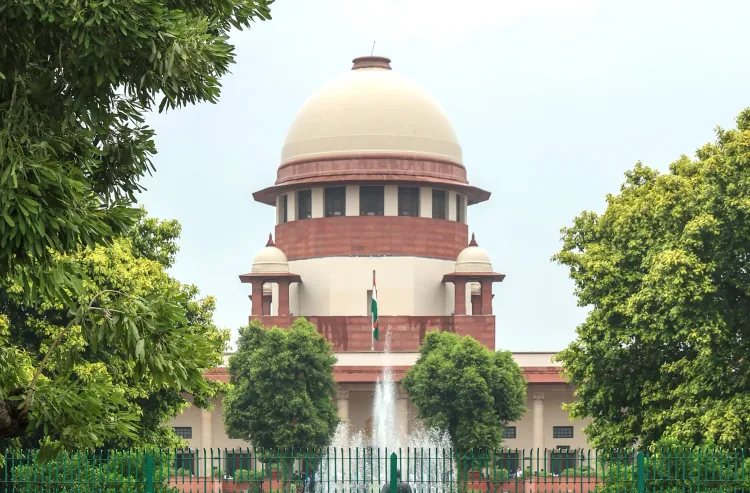
Synopsis
Key Takeaways
- Supreme Court's directives focus on enhancing pedestrian safety.
- Mandatory audits of pedestrian infrastructure in 50 major cities.
- Strict enforcement of helmet laws for two-wheeler users.
- Measures to tackle unsafe driving practices and lane discipline.
- Establishment of grievance redressal systems for public complaints.
New Delhi, Oct 7 (NationPress) The Supreme Court has laid down extensive directives aimed at enhancing pedestrian safety, enforcing helmet regulations, and curbing dangerous driving behaviors nationwide.
A bench led by Justices J.B. Pardiwala and K.V. Viswanathan issued this ruling in light of a public interest litigation (PIL) that highlighted the urgent need for judicial action due to the disturbing increase in road accidents.
According to the court, the petitioner expressed profound distress over the loss of life caused by the ever-growing number of traffic incidents and criticized the indifferent attitude of states towards these tragedies, despite existing laws and numerous court rulings.
The Ministry of Road Transport and Highways (MoRTH) reported that in 2023, India faced 1,72,890 road accident fatalities, including 35,221 pedestrians, who represented 20.4 percent of all road deaths.
This statistic reflects a 7.3 percent increase compared to the prior year and a significant rise from just 10.44 percent in 2016.
In its ruling, the Supreme Court remarked that footpaths and pedestrian facilities are frequently encroached upon, forcing pedestrians onto roads and putting them at great risk.
Referencing previous judgments, the court stressed that well-maintained footpaths are a legally recognized right and instructed all relevant agencies, including municipal authorities and the National Highways Authority of India (NHAI), to conduct audits of footpaths and pedestrian crossings in the 50 major cities.
These evaluations should focus on busy areas such as markets, railway stations, bus terminals, religious sites, and educational institutions.
“They should start with the most congested areas... During the audit, authorities must prioritize at least 15-20 locations where pedestrian injuries or deaths occurred in the last two to three years,” the order stated.
The Supreme Court also mandated that the audits examine zebra crossings, lighting, traffic calming measures, and the safety of overbridges and subways, which are often unsafe or poorly maintained.
Judge Pardiwala's bench expressed serious concern regarding the fact that 70% of two-wheeler fatalities are linked to non-compliance with helmet laws.
“We direct all state governments, Union Territories, and NHAI to rigorously enforce helmet laws for two-wheeler riders and passengers. Compliance should be ensured through e-enforcement mechanisms, including cameras installed in various locations,” the court stated.
Concerning lane discipline, the apex court noted that unsafe overtaking and wrong-lane driving are prevalent, particularly near intersections and pedestrian crossings, and called for stricter enforcement via automated cameras, graduated fines, and deterrents like rumble strips and tire killers at critical points.
The court also pointed out the misuse of bright LED headlights, red-blue strobe lights, and illegal sirens by private vehicles, stating that this behavior creates a false sense of authority and panic among pedestrians and other road users.
“The Ministry of Road Transport & Highways (MoRTH), state transport departments, and traffic police must establish maximum allowed brightness and beam angles for headlights,” directed the bench.
Additionally, it called for enforcing bans on unauthorized lights and sirens, along with nationwide awareness campaigns.
The Supreme Court mandated that municipal authorities, state governments, and NHAI implement online grievance redressal systems for footpath maintenance and pedestrian crossing issues.
“The relevant authority should address complaints within a specified timeframe and ensure resolution promptly. The grievance system should include a review process by higher authorities for cases where the complainant is dissatisfied with the resolution,” it ordered.
It instructed all states and Union Territories to create regulations under Sections 138(1A) and 210-D of the Motor Vehicles Act within six months to manage pedestrian access and road design standards, if such rules do not already exist.
The court will revisit the matter in seven months to assess compliance and further developments.

